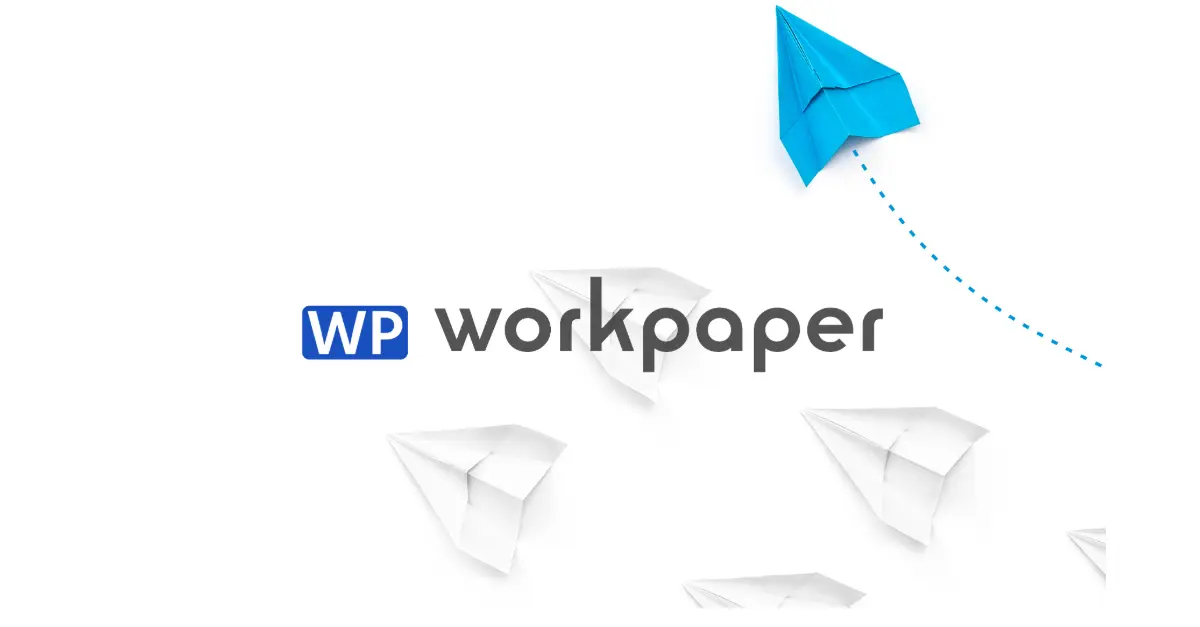False Objections
In the world of sales, objections are as common as the pursuit of closing deals. However, not all objections are created equal. Among the myriad of challenges sales professionals face, false objections are particularly tricky. They are not genuine concerns but rather, superficial barriers put up by prospects. Understanding, identifying, and effectively overcoming these false objections can significantly enhance your sales strategy and improve outcomes.
What Are False Objections?
False objections are essentially reasons given by a prospect that aren’t their true concern or barrier to purchasing. These objections can stem from a variety of reasons, such as an initial reaction to resist change, a lack of understanding of the product, or simply the prospect’s attempt to end the conversation without revealing their actual reservations. Unlike legitimate objections, which are rooted in concrete issues like budget constraints or a mismatch of needs, false objections are often vague and can be navigated with the right approach.
Examples of False Objections
- “I need to think about it.” While this can be a legitimate request for time, it often masks a prospect’s hesitation based on a lack of information or an unresolved concern.
- “It’s too expensive.” Price is a common false objection. More often than not, this objection surfaces when the value of the product or service hasn’t been fully communicated or understood by the prospect.
- “I’m happy with our current solution.” This objection could hide a reluctance to consider the benefits of switching due to fear of change or misunderstanding of the new solution’s advantages.
Overcoming False Objections: A Methodical Approach
Step 1: Listen and Empathize
The first step in dealing with any objection, false or not, is to listen actively and empathize with the prospect. Acknowledge their concerns without immediately dismissing them. This builds trust and opens up the conversation for deeper exploration.
Step 2: Ask Probing Questions
Once you’ve acknowledged the objection, it’s crucial to dig deeper. Ask open-ended questions that encourage the prospect to elaborate on their concerns. This not only helps in uncovering the real objection but also engages the prospect in a constructive dialogue.
Step 3: Clarify and Educate
Use the information gleaned from your probing questions to clarify any misunderstandings and educate the prospect about the value and benefits of your solution. This is where detailed product knowledge and understanding of the prospect’s needs become invaluable.
Step 4: Provide Social Proof
Sharing success stories, testimonials, or case studies of similar clients who’ve benefited from your solution can help alleviate doubts and demonstrate value. Social proof is a powerful tool in reassuring prospects about their decision.
Step 5: Confirm and Close
After addressing the objection, confirm with the prospect that their concerns have been resolved. If done effectively, you can move towards closing the sale. However, if the objection persists, it’s essential to recognize when to give the prospect some space or when to revisit the conversation at a later time.
Conclusion
False objections can be a significant hurdle in sales, but with the right strategies, they can be navigated successfully. By listening, probing, clarifying, providing evidence, and confirming, sales professionals can turn these challenges into opportunities for deepening customer relationships and closing more deals. Remember, the goal is not just to overcome objections but to genuinely address and resolve the concerns of your prospects, leading to mutually beneficial outcomes.
In the context of WorkPaper’s AI telephonic and AI sales assistant solutions, understanding and overcoming false objections is even more crucial. These tools are designed to support sales teams, especially in early-stage companies, by enhancing customer engagement and improving sales outcomes. By effectively managing false objections, businesses can fully leverage the potential of AI to boost their sales and ensure accurate financial management.

